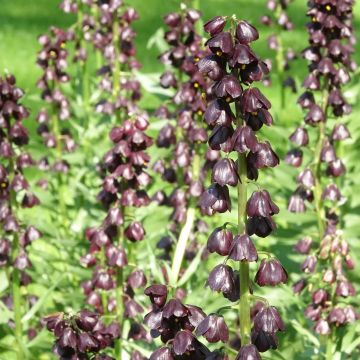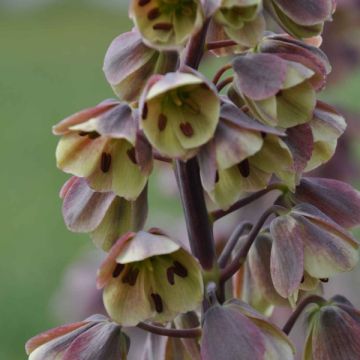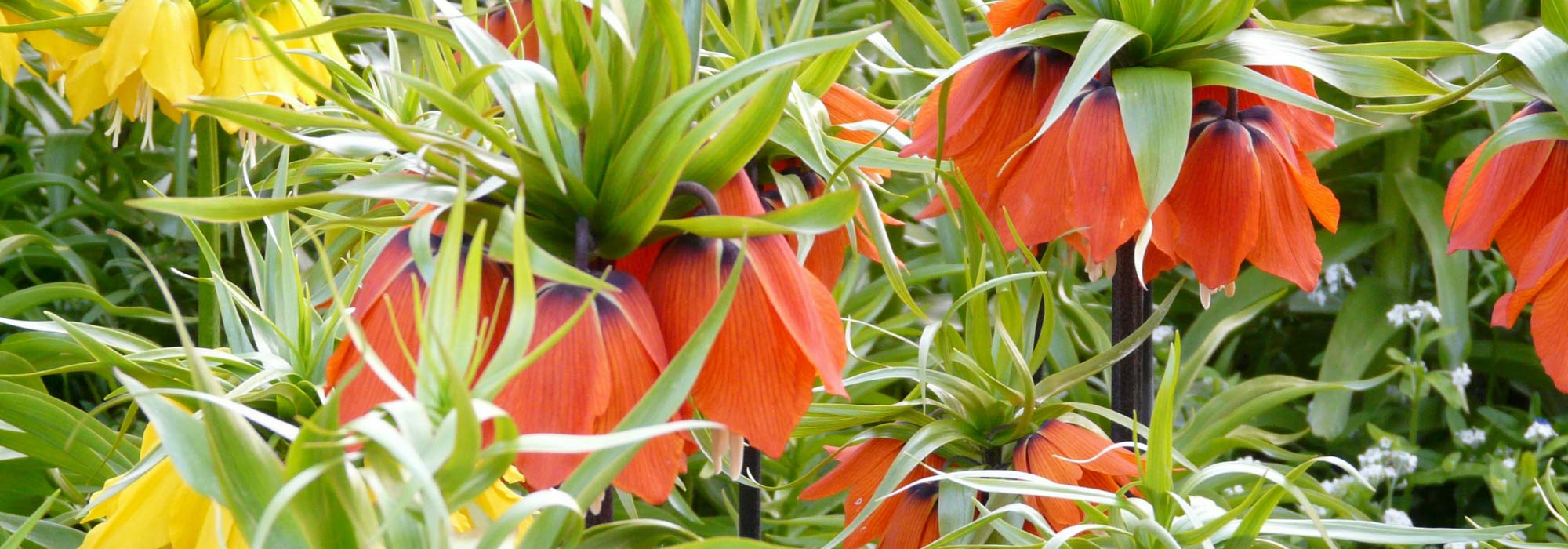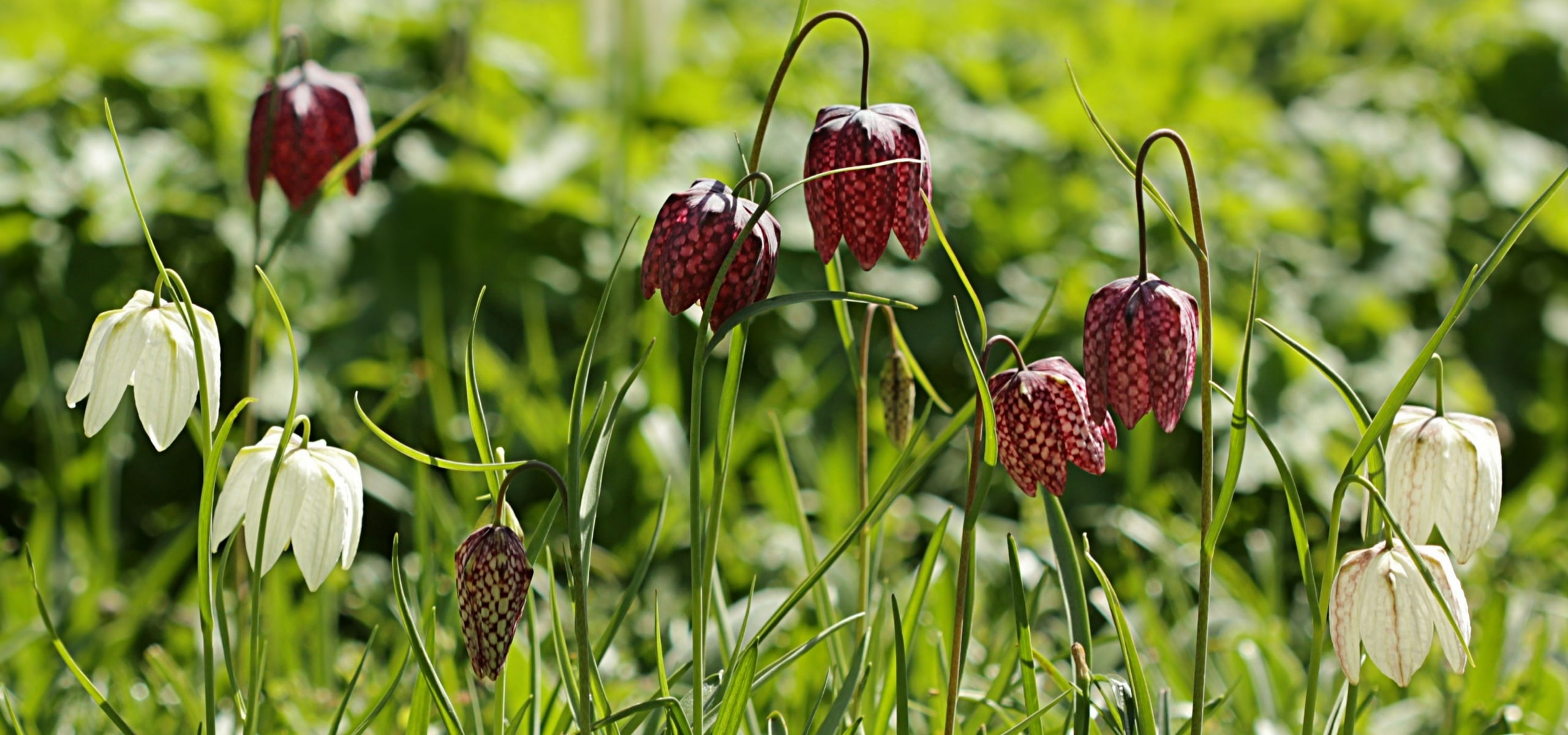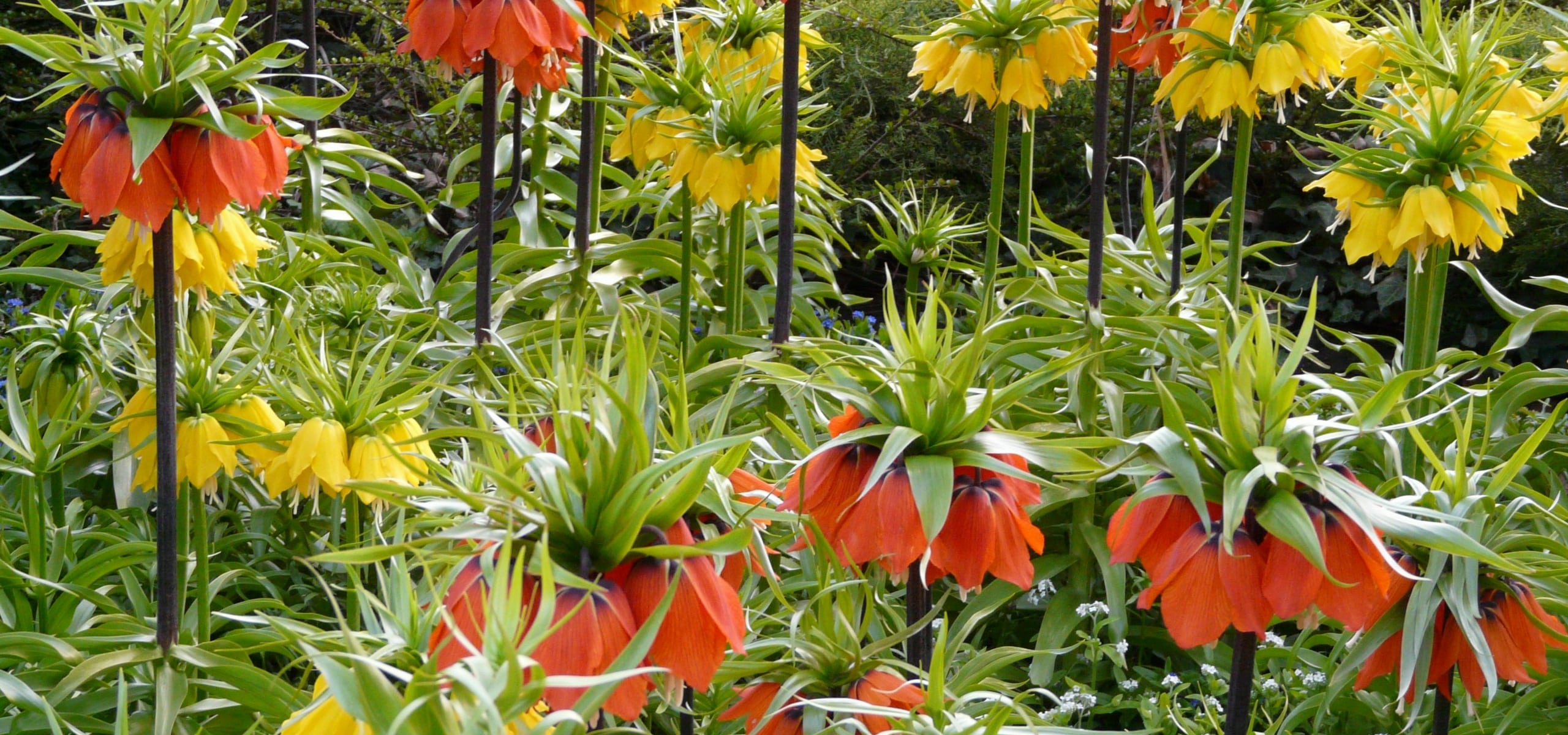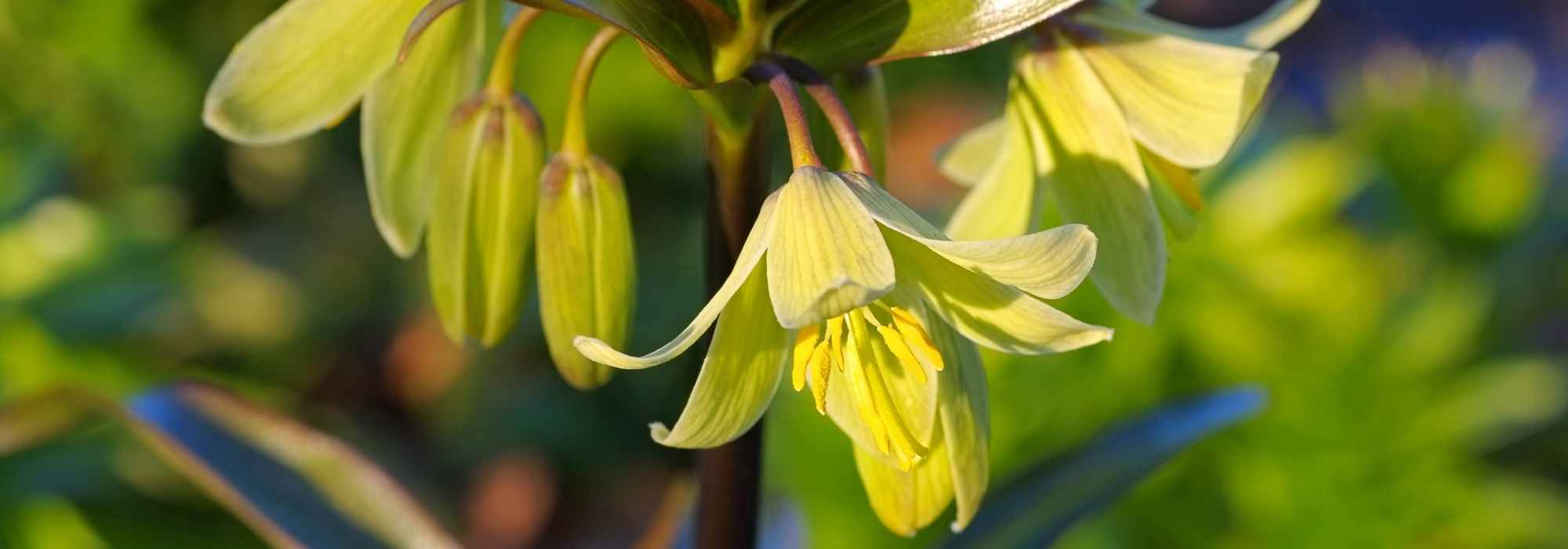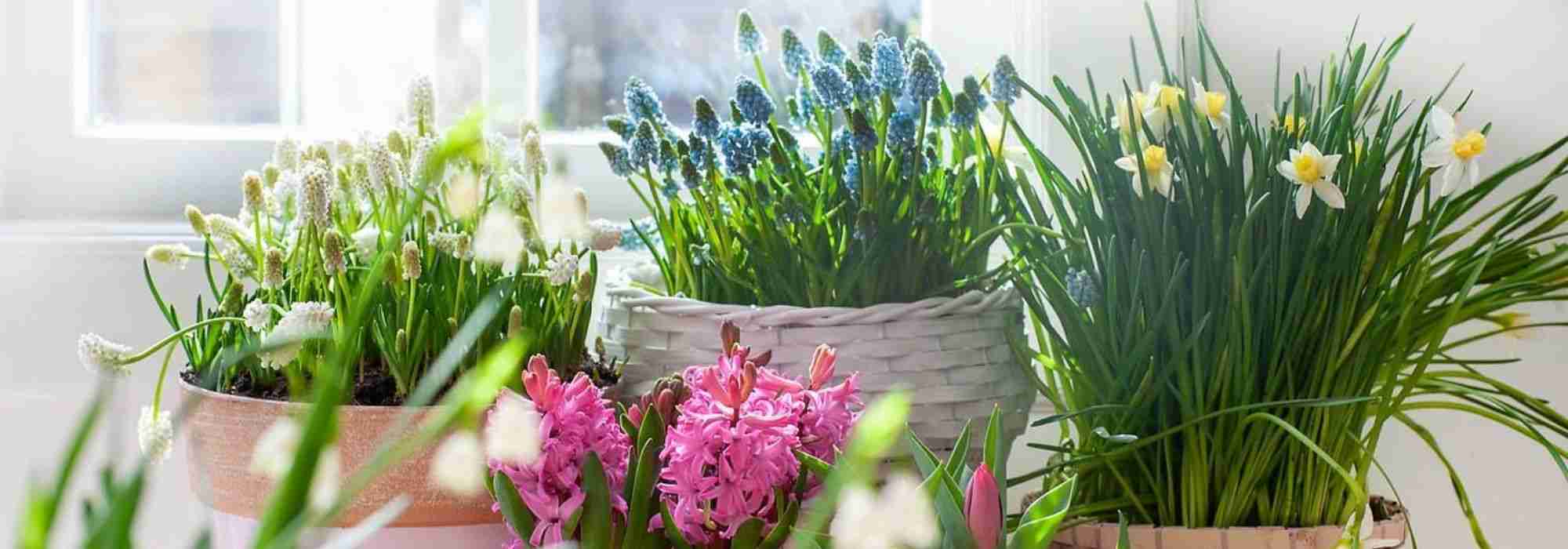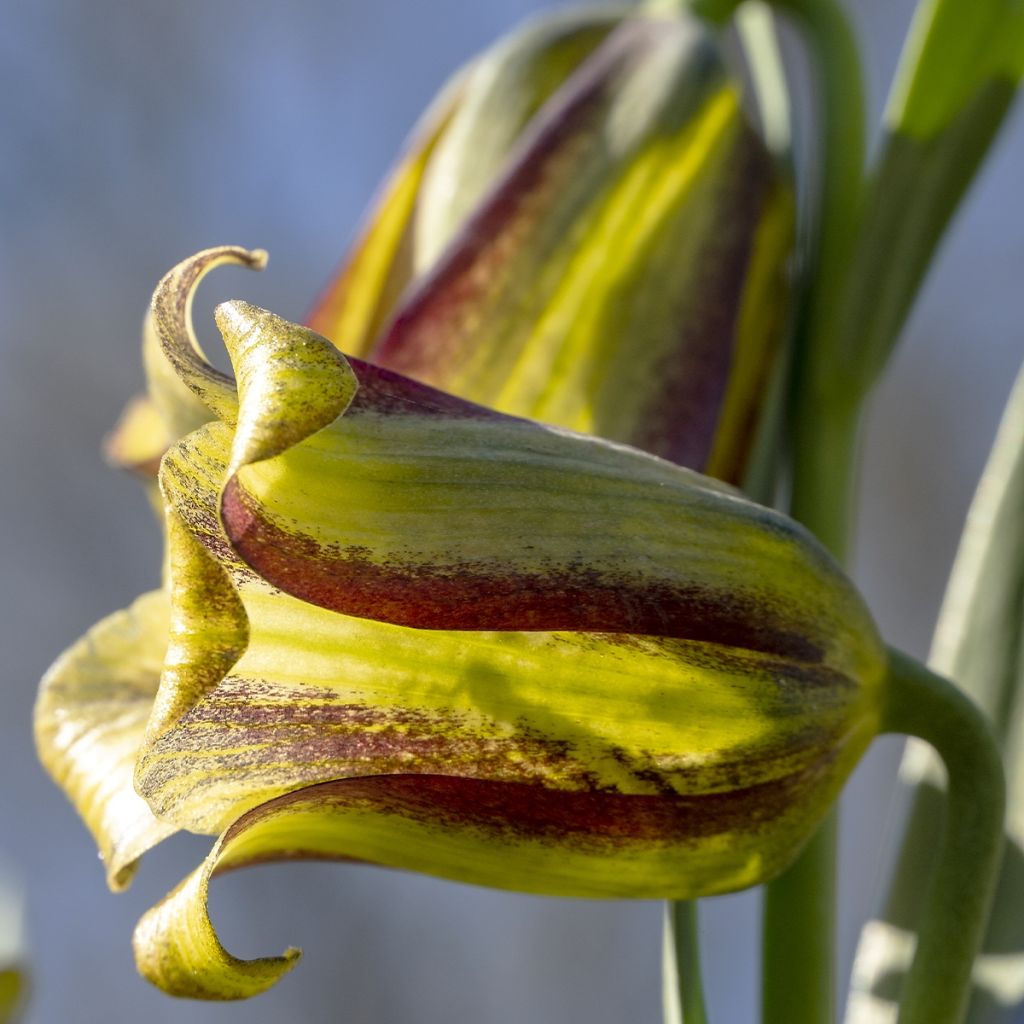

Fritillaria olivieri - Fritillaire botanique
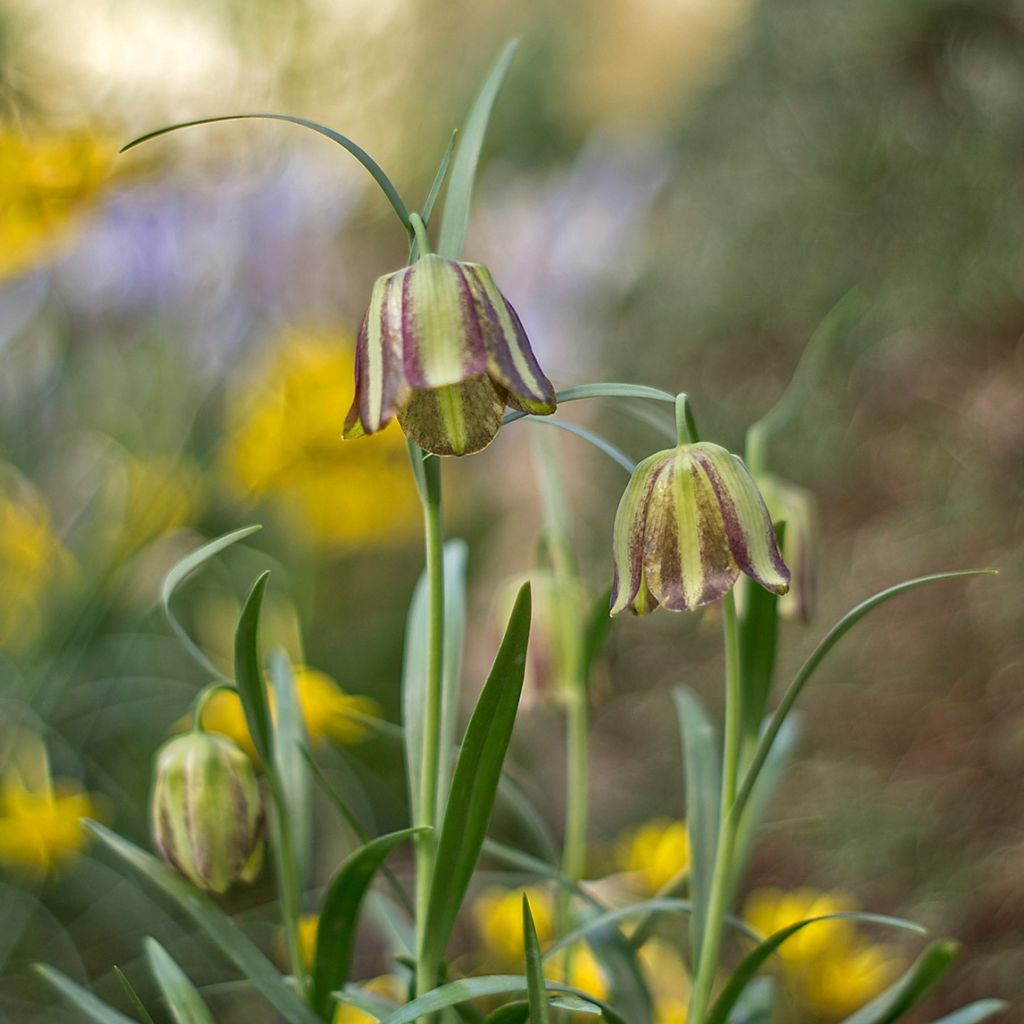

Fritillaria olivieri - Fritillaire botanique
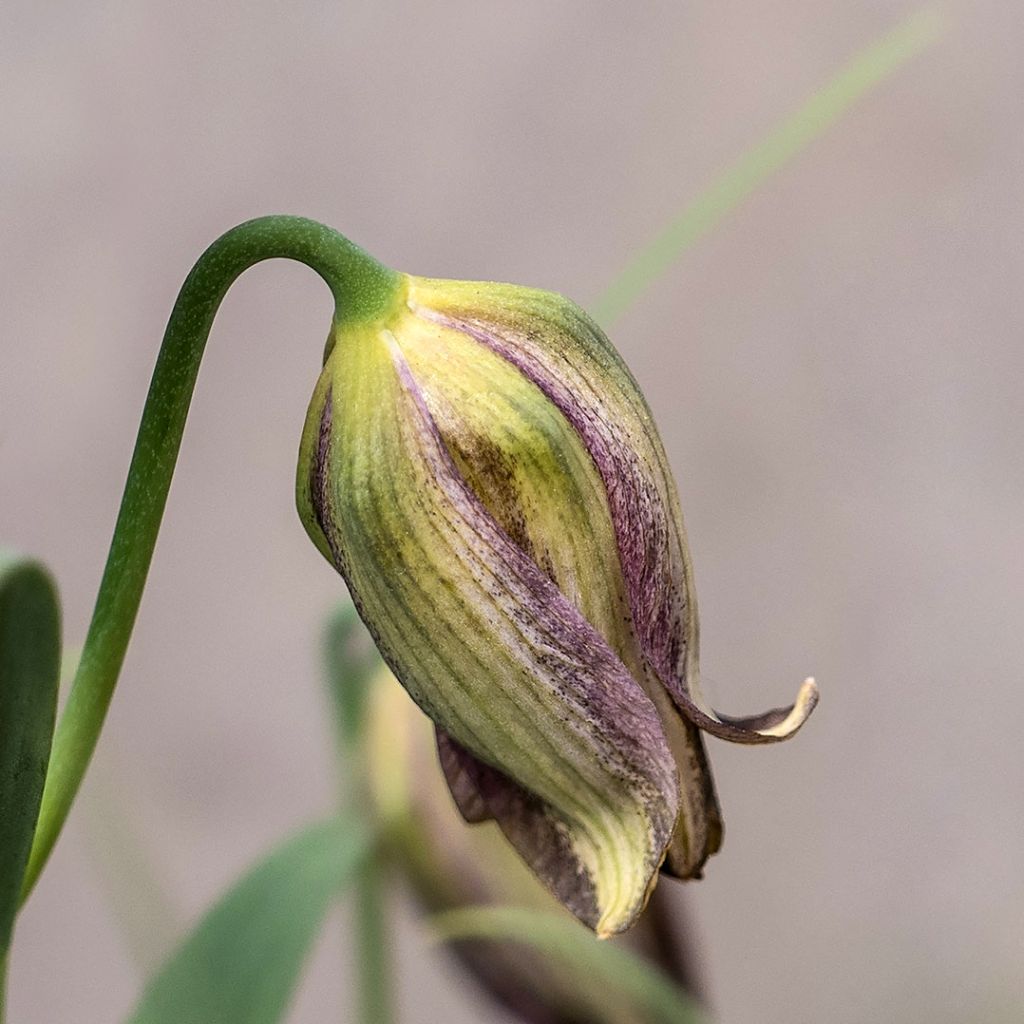

Fritillaria olivieri - Fritillaire botanique
Fritillaria olivieri
Fritillaria olivieri
Olivier's Fritillary
Special offer!
Receive a €20 voucher for any order over €90 (excluding delivery costs, credit notes, and plastic-free options)!
1- Add your favorite plants to your cart.
2- Once you have reached €90, confirm your order (you can even choose the delivery date!).
3- As soon as your order is shipped, you will receive an email containing your voucher code, valid for 3 months (90 days).
Your voucher is unique and can only be used once, for any order with a minimum value of €20, excluding delivery costs.
Can be combined with other current offers, non-divisible and non-refundable.
Why not try an alternative variety in stock?
View all →This plant carries a 6 months recovery warranty
More information
We guarantee the quality of our plants for a full growing cycle, and will replace at our expense any plant that fails to recover under normal climatic and planting conditions.
Does this plant fit my garden?
Set up your Plantfit profile →
Description
The Fritillaria olivieri is a wild fritillary that comes from the northern part of the Zagros Mountains in western Iran, where it can be found up to 4000 meters (13123 feet) high, not far from the ephemeral streams that dry up in the summer. This species, resistant to cold and fairly easy to cultivate, offers original flowers in the middle of spring, in the form of long pendulous and retrorse bell-shaped flowers, marked with brown to red on a green background. The bulbs should be planted in the sun, in a rock garden or on a raised bed. The soil should be well-drained, moist in spring, but drier in summer.
The Fritillaria olivieri belongs to the Liliaceae family. It is a plant that comes from relatively dry mountainous environments in winter, moist in spring, and dry in summer. There is significant variation within this species, which is manifested by the existence of very rare forms, with different flowers such as Green Dreams, discovered in a culture of Persian fritillaries.
This fritillary develops from a scaly bulb measuring 3 cm (1in) in diameter, sometimes equipped with bulblets. The foliage consists of 6 to 8 green and shiny leaves, narrowly lanceolate or oblong, glaucous green in colour, arranged alternately. Flowering takes place in May-June. Each flower stem, 30 to 35 cm (12 to 14in) tall, carries 1 to 3 campanulate flowers, 3.5 cm (1in) long, green in colour, shaded with brown to reddish or slightly paved. The tips of the petals are curved upwards. The flowers have a sweetish fragrance. After pollination, a cylindrical and erect fruit is formed, which will release numerous flat seeds when ripe. The above-ground vegetation of the Fritillaria olivieri disappears in summer, and the plant goes into dormancy. During this time of year, the soil should be rather dry.
As unique as the Snake's Head Fritillary, and quite hardy, the lovely Fritillaria olivieri is better suited to dry locations in summer. Give it a small spot in the rock garden or in a bed that will not retain too much water, neither in winter nor in summer. This bulbous plant, which doesn't tolerate much competition, naturally pairs well with other spring-flowering bulbs, such as tulips or botanical narcissus. It can also be paired with dwarf or intermediate bearded irises. Beautiful pots can also be composed with its bulbs, allowing for close-up admiration of the flowers and protection from excessive moisture in winter and summer.
Another advantage of fritillaries is that their bulbs emit an odor that repels rodents, especially moles. They will therefore protect your tulip bulbs from their attacks without bothering you; the odor is imperceptible once the bulb is planted.
Fritillaria olivieri in pictures
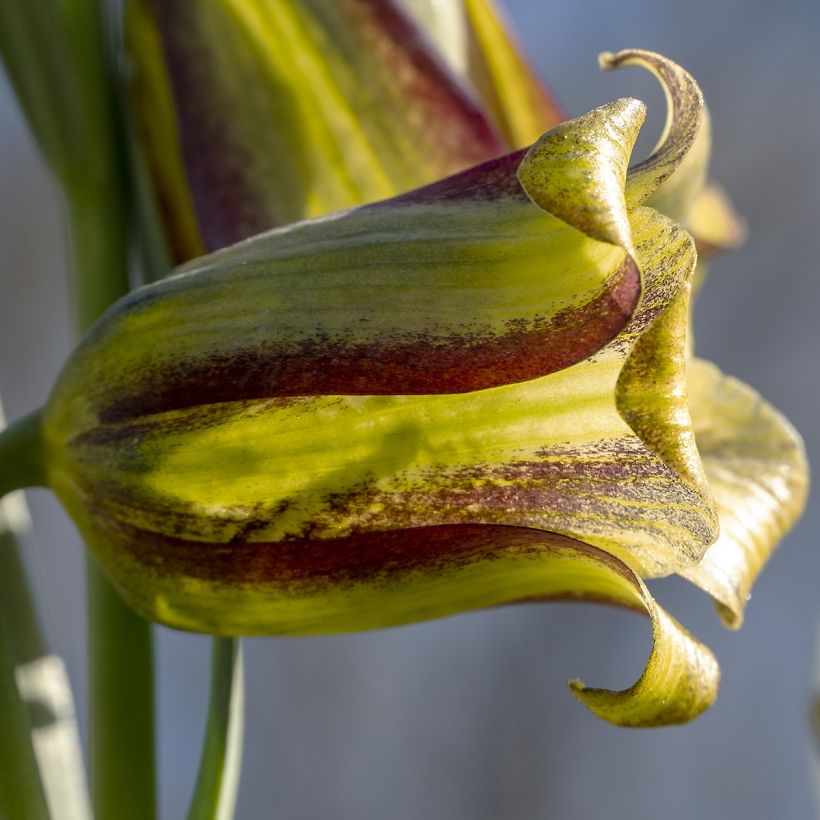

Plant habit
Flowering
Foliage
Botanical data
Fritillaria
olivieri
Liliaceae
Olivier's Fritillary
West Asia
Planting and care
The Fritillaria olivieri thrives in the sun. Plant the bulbs at a depth of 6-7 cm (2-3in). It ideally thrives in a montane climate that is not too cold, where winters and summers are dry (but not too hot), and springs are humid. Plant it in fertile and well-drained soil. If the drainage is insufficient, the fritillaria may rot, both in winter and summer. Carry out the planting as soon as possible, from September to October, by adding sand, gravel, or pumice to the planting hole and planting in a raised bed (25 cm (10in) of elevation is sufficient). In winter, we recommend mulching the fritillaria, partly to protect it from the cold, but especially from excessive humidity. Remove faded flowers if you do not want them to self-seed. Do not water your fritillaria in summer and winter. If the soil is too dry at the end of winter and in spring, water it well to start the bulb, but also to support its growth and flowering.
Planting period
Intended location
Care
Planting & care advice
This item has not been reviewed yet - be the first to leave a review about it.
Haven't found what you were looking for?
Hardiness is the lowest winter temperature a plant can endure without suffering serious damage or even dying. However, hardiness is affected by location (a sheltered area, such as a patio), protection (winter cover) and soil type (hardiness is improved by well-drained soil).

Photo Sharing Terms & Conditions
In order to encourage gardeners to interact and share their experiences, Promesse de fleurs offers various media enabling content to be uploaded onto its Site - in particular via the ‘Photo sharing’ module.
The User agrees to refrain from:
- Posting any content that is illegal, prejudicial, insulting, racist, inciteful to hatred, revisionist, contrary to public decency, that infringes on privacy or on the privacy rights of third parties, in particular the publicity rights of persons and goods, intellectual property rights, or the right to privacy.
- Submitting content on behalf of a third party;
- Impersonate the identity of a third party and/or publish any personal information about a third party;
In general, the User undertakes to refrain from any unethical behaviour.
All Content (in particular text, comments, files, images, photos, videos, creative works, etc.), which may be subject to property or intellectual property rights, image or other private rights, shall remain the property of the User, subject to the limited rights granted by the terms of the licence granted by Promesse de fleurs as stated below. Users are at liberty to publish or not to publish such Content on the Site, notably via the ‘Photo Sharing’ facility, and accept that this Content shall be made public and freely accessible, notably on the Internet.
Users further acknowledge, undertake to have ,and guarantee that they hold all necessary rights and permissions to publish such material on the Site, in particular with regard to the legislation in force pertaining to any privacy, property, intellectual property, image, or contractual rights, or rights of any other nature. By publishing such Content on the Site, Users acknowledge accepting full liability as publishers of the Content within the meaning of the law, and grant Promesse de fleurs, free of charge, an inclusive, worldwide licence for the said Content for the entire duration of its publication, including all reproduction, representation, up/downloading, displaying, performing, transmission, and storage rights.
Users also grant permission for their name to be linked to the Content and accept that this link may not always be made available.
By engaging in posting material, Users consent to their Content becoming automatically accessible on the Internet, in particular on other sites and/or blogs and/or web pages of the Promesse de fleurs site, including in particular social pages and the Promesse de fleurs catalogue.
Users may secure the removal of entrusted content free of charge by issuing a simple request via our contact form.
The flowering period indicated on our website applies to countries and regions located in USDA zone 8 (France, the United Kingdom, Ireland, the Netherlands, etc.)
It will vary according to where you live:
- In zones 9 to 10 (Italy, Spain, Greece, etc.), flowering will occur about 2 to 4 weeks earlier.
- In zones 6 to 7 (Germany, Poland, Slovenia, and lower mountainous regions), flowering will be delayed by 2 to 3 weeks.
- In zone 5 (Central Europe, Scandinavia), blooming will be delayed by 3 to 5 weeks.
In temperate climates, pruning of spring-flowering shrubs (forsythia, spireas, etc.) should be done just after flowering.
Pruning of summer-flowering shrubs (Indian Lilac, Perovskia, etc.) can be done in winter or spring.
In cold regions as well as with frost-sensitive plants, avoid pruning too early when severe frosts may still occur.
The planting period indicated on our website applies to countries and regions located in USDA zone 8 (France, United Kingdom, Ireland, Netherlands).
It will vary according to where you live:
- In Mediterranean zones (Marseille, Madrid, Milan, etc.), autumn and winter are the best planting periods.
- In continental zones (Strasbourg, Munich, Vienna, etc.), delay planting by 2 to 3 weeks in spring and bring it forward by 2 to 4 weeks in autumn.
- In mountainous regions (the Alps, Pyrenees, Carpathians, etc.), it is best to plant in late spring (May-June) or late summer (August-September).
The harvesting period indicated on our website applies to countries and regions in USDA zone 8 (France, England, Ireland, the Netherlands).
In colder areas (Scandinavia, Poland, Austria...) fruit and vegetable harvests are likely to be delayed by 3-4 weeks.
In warmer areas (Italy, Spain, Greece, etc.), harvesting will probably take place earlier, depending on weather conditions.
The sowing periods indicated on our website apply to countries and regions within USDA Zone 8 (France, UK, Ireland, Netherlands).
In colder areas (Scandinavia, Poland, Austria...), delay any outdoor sowing by 3-4 weeks, or sow under glass.
In warmer climes (Italy, Spain, Greece, etc.), bring outdoor sowing forward by a few weeks.






























